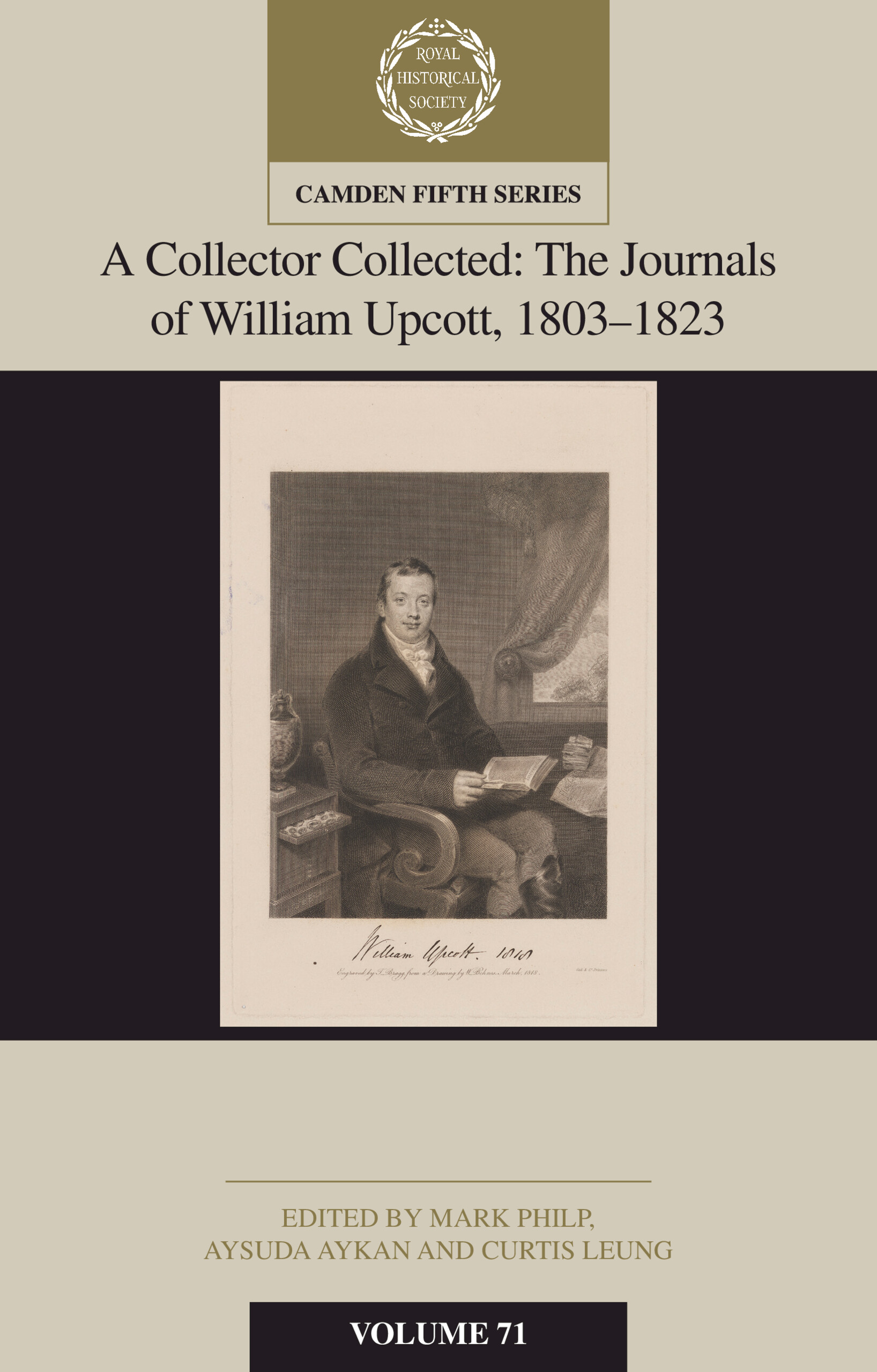Moulay Ismail's land forces comprised two main elements. Local satraps raised regional militias to operate in the littoral against the Spanish, Portuguese, and English enclaves, while a field army, which included the Black Guard, was commanded by the sultan in a series of campaigns against the Dey of Algiers and his rebellious nephew in Sus. This division of martial effort partly resulted from the frequent outbreaks of plague during the 1680s that caused the sultan to favour inland campaigning in order to distance his valuable, professional soldiers from the medically more hazardous coastal areas and larger centres of population, especially Meknès.
During the reign of Sultan Moulay al-Rashid II, provincial troops had mainly been recruited among the Berber tribes of the mountainous Rif region in northern Morocco. Moulay Ismail reorganized these soldiers into a permanent militia, the ‘jaysh al-Rifi’, which, after the English evacuation in 1684, was based in Tangier under Pasha Ali Ben Abdallah Hamami. The jaysh also included the Udaya, a cavalry corps raised among the Maquil Arab tribes in the south of Morocco, and the Makhzan, Berbers of the Middle Atlas, whose lands served as a buffer against the aggressive and less controllable High Atlas clans. Under the command of Omar Ben Haddu Hamami, alcaid of Alcazar, the jaysh al-Rifi comprised the bulk of the armies that attacked Tangier after 1678, although a small corps from the Black Guard was occasionally present. Rifian forces, many of them light cavalry, also conquered Ksar el-Kebir, Asilah, La Mamora, and Larache.
A Black Guard of personal retainers had been created in 1088 by Sultan Yusuf ibn Tashfin (r.1061–1106). After 1679, it was greatly augmented by Moulay Ismail who sought to establish a corps based upon the model of the Janissaries within the army of the Ottoman Empire. Some conscripts were drawn from the Saharan and Tafilelt regions of southern Morocco but most of the manpower was provided by black slaves, ‘Sudan’, from sub-Saharan Africa, a practice begun in 1673. The Black Guard comprised about 8,000 men in 1680, mostly infantry, eventually rising to 150,000 by 1715, including 70,000 horsemen and musketeers, and 25,000 ‘inkishariya’, or light cavalry. The soldiers were articulated into companies of between one and four hundred men, each under a captain, while a captain-general commanded the entire army. The slave-soldiers and their families were housed in a discrete colony at Mashra‘ ar-Ramla, adjacent to Meknès, where, until the age of 13, the boys learned artisanal crafts and worked on building sites in Meknès and the girls were taught domestic skills. The young males then entered the army as trainees and, when sixteen, became regular soldiers. They lived in the Mashra‘ ar-Ramla camp and usually entered royally arranged marriages with fellow-slaves. In 1715, the officer corps numbered c.5,000, the majority Sudanese. As well as forming the spine of Moulay Ismail's 70,000-strong field army based at Mashra‘ ar-Ramla, 25,000 of the Black Guard garrisoned Meknès, while others manned a network of forts, many in the Middle Atlas, which were supplied from local resources. As well as campaigning against the Dey of Algiers and suppressing internal revolts, the Black Guard undertook internal police duties, guarded the frontiers, patrolled the major trade routes, hunted escaped slaves, and collected taxes and tribute. Specially selected detachments of very young soldiers acted as Moulay Ismail's personal servants and bodyguards: eighty were in constant daily attendance, armed with muskets and scimitars. The Black Guard's devotion to and dependence upon Moulay Ismail was retained through a ‘cult of personality’, religious conformity, isolation from general society, generous rates of pay, and numerous privileges – from 1698 members were permitted to own property. The establishment was massively expensive and, after Moulay Ismail's death in 1727, the Black Guard was retrenched leading to a corresponding decline in efficiency and effectiveness. Many men deserted and turned to banditry, others migrated from the military colonies to the main cities, and some tried to return home. Subsequent attempts at resuscitation were only partially and spasmodically successful and the main Black Guard was finally abolished during the nineteenth century leaving a small household corps to keep the flame burning. When Morocco gained its independence from the Franco-Spanish Protectorate in 1956, it was wholly supplanted by the Moroccan Royal Guard.Footnote 1


